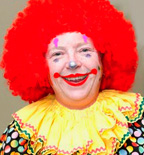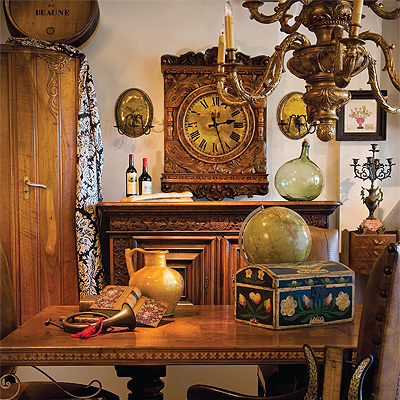
Rndballref
20 Years Experience
Chicago, IL
Male, 60
For twenty years I officiated high school, AAU and park district basketball games, retiring recently. For a few officiating is the focus of their occupation, while for most working as an umpire or basketball referee is an avocation. I started ref'ing to earn beer money during college, but it became a great way to stay connected to the best sports game in the universe. As a spinoff, I wrote a sports-thriller novel loosely based on my referee experiences titled, Advantage Disadvantage
I understand your point. In nearly all sports, coaches make moves that help determine the outcome of games; time outs, call in plays etc. I think the NFHS needs to decide if they want to completely eliminate the "everyone in the gym knows it is an intentional foul" being ignored or called as a common, or leave it unevenly called as it is. In the past they have tried to issue guidelines, but the gray area for interpretation is a mile wide. Don't know how much noise they hear about this issue, but NFHS has not settled on a good solution yet.
In NFHS rules, when player A1 reaches through the plane on team B's throw in WITHOUT touching player B1, the referee shall issue a delay of game warning on the first occurence. If it happens the second time, it is a technical foul.
If player A1 reaches through the plane and hits the ball or the player, then it is a technical foul immediately. So, the direct answer to your question is a technical foul.
The jurisdiction of the officials ends when the score is approved and the referees leave the visual confines of the court. Each state decides, with bylaws, what penalties will be assessed for player and coach ejections. There is no rule or penalty in the NFHS rulebook that an official can assess after a game is over. So the official should write up a game report and send it to the state (or league) for further adjudication.
Some officials carry a small gauge, but most referees hold the ball head-high (about 5 3/4 feet high) and let it drop. It should bounce up to the official's elbow when the upper arm is held parallel to the floor. Higher bounce than the elbow means over-inflated, bouncing under the elbow means it needs more inflation. The referee usually checks the game ball after making sure the book contains at least the number of players who are warming up (and the starters are designated), around 10 minutes before gametime. Try it sometime when you are on a wooden floor. Note, if the game is being played on an indoor soft rubberized floor (as in underclass games in the fieldhouse), the ball will need more air than on a wooden floor.
SWAT Team Commander (Retired)
 How do you decide whether to try and kill a hostage taker?
How do you decide whether to try and kill a hostage taker?
Birthday Party Clown
 What's the meanest thing a kid ever said to you during a party?
What's the meanest thing a kid ever said to you during a party?
Antiques Dealer
 Does a piece's value increase significantly if it has a cool "back-story" to go along with it?
Does a piece's value increase significantly if it has a cool "back-story" to go along with it?
Thanks for the kind words!
The 3 second area (the paint) is defined by the outer edge of the lines. Any part of your foot on the line puts you in the paint.
The outer line on the court is out of bounds, so on a throw in the player who is throwing the ball in could step on the line before throwing in as long as the foot does not step on the court.
I did not see the play, but you are quite right that if a player is out pf bounds (any part of his body is touching the line or beyond the line) and he touches the ball, it should be whistled out of bounds and a throw in awarded to the other team.
-OR-
 Login with Facebook
Login with Facebook (max 20 characters - letters, numbers, and underscores only. Note that your username is private, and you have the option to choose an alias when asking questions or hosting a Q&A.)
(A valid e-mail address is required. Your e-mail will not be shared with anyone.)
(min 5 characters)
By checking this box, you acknowledge that you have read and agree to Jobstr.com’s Terms and Privacy Policy.
-OR-
 Register with Facebook
Register with Facebook(Don't worry: you'll be able to choose an alias when asking questions or hosting a Q&A.)